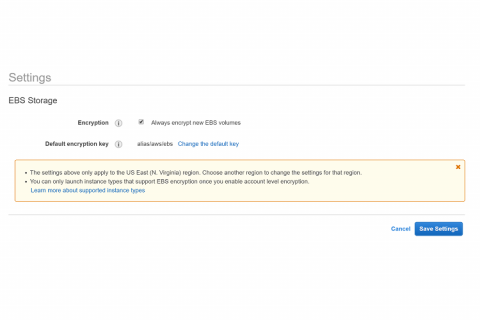Production-Grade Ingress Solution Using Citrix and Rancher
This post outlines how to build a production-grade ingress solution using Citrix ADC on Rancher. Customers can confidently expose end user traffic to microservices or legacy workloads on Kubernetes clusters on Rancher using this solution.











